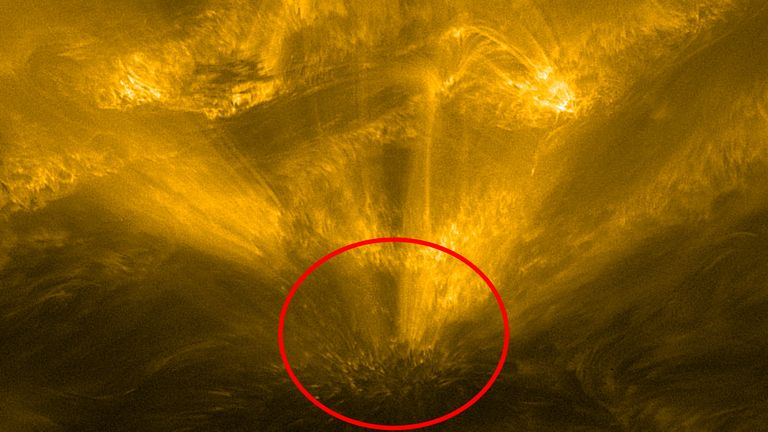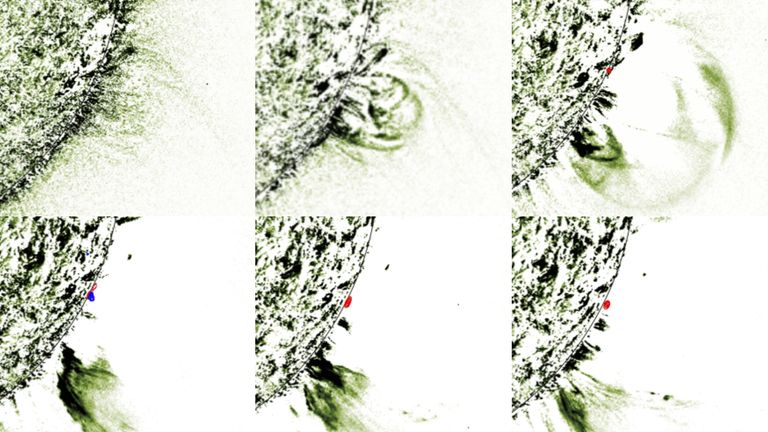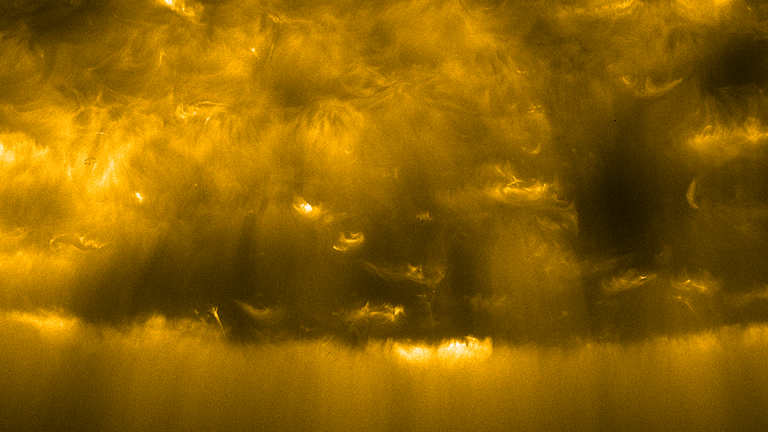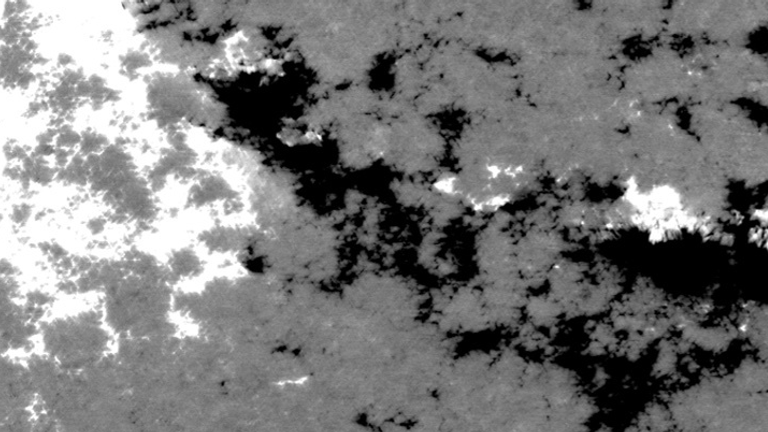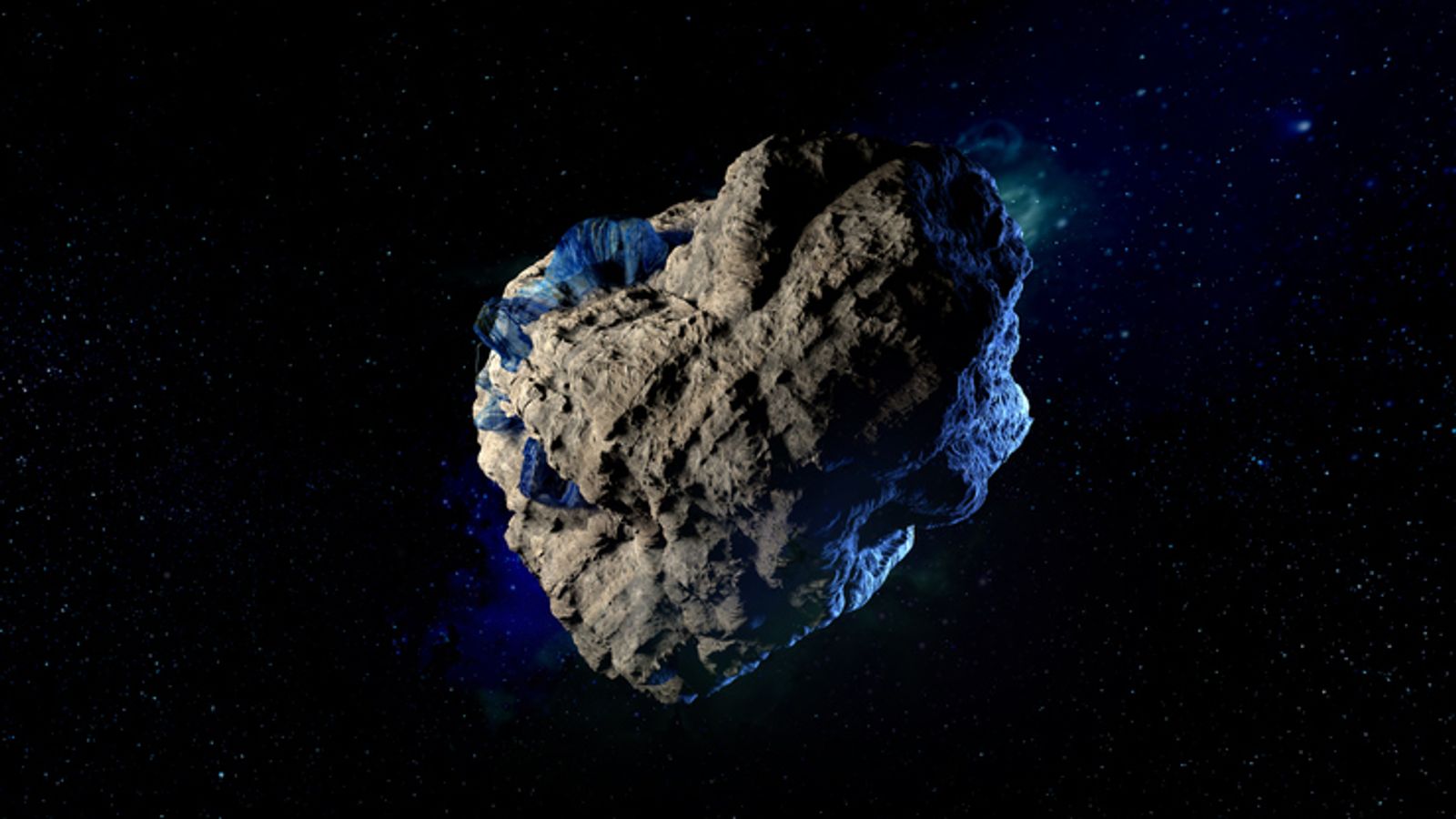[ad_1]
Scientists are investigating a mysterious “solar hedgehog” seen on the surface of the Sun.
The European Space Agency (ESA) has revealed a trove of images captured by its Solar Orbiter.
NASA and the UK Space Agency also contributed to the project.
After passing within the orbit of Mercury, the probe was able to capture images of the solar hedgehog, a solar flare, the Sun’s south pole, the Sun’s magnetic activity and a full view of the Sun.
David Berghmans, from the Royal Observatory of Belgium, described the images of the lower layers of the Sun’s atmosphere as “really breathtaking”.
He said it would take years to wade through all the data and figure out what was going on.
The solar hedgehog is a newly observed feature, and no one is quite sure how or why it forms.
It shows spikes of hot and cold gases – still about a million degrees Celsius – pointing in various directions.
At 25,000km across it is quite a small feature on the Sun – it stretches a distance twice the diameter of the Earth.
Scientists are going to look through past data on the Sun to see if they can find previous examples of the hedgehog that went under the radar.
The Solar Orbiter also absorbed a number of solar flares during its mission.
Finding out more to do with these phenomena could help with future solar weather forecasting.
Understanding the massive ejections of magnetic waves is important due to the increasing threat such events poses to technology and astronauts.
Caroline Harper, head of space science at the UK Space Agency, said: “It’s hugely exciting to see these incredible images and footage; the closest we’ve ever seen of the Sun, captured during Solar Orbiter’s nearest pass so far.
“We are already seeing some fascinating data being returned from the science instruments on board this UK-built spacecraft, bringing us closer to understanding how natural events on the Sun’s surface contribute to space weather.
“Not only are we learning from the images that Solar Orbiter is sending back, but also from what it ‘feels’ as it gets closer to the Sun, including solar flares and a recent coronal mass ejection.”
Read more:
Space-grown lettuce could help astronauts avoid bone loss
NASA moves closer to bringing mars rock samples home
The space probe was within a third the distance between the Earth and the Sun, in what is known as a perihelion pass.
It is set to get even closer on its next turn.
The mission’s main goal is to understand how the Sun affects the parts of space outside our direct solar system.
[ad_2]

